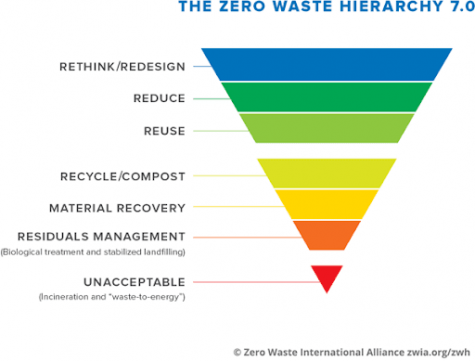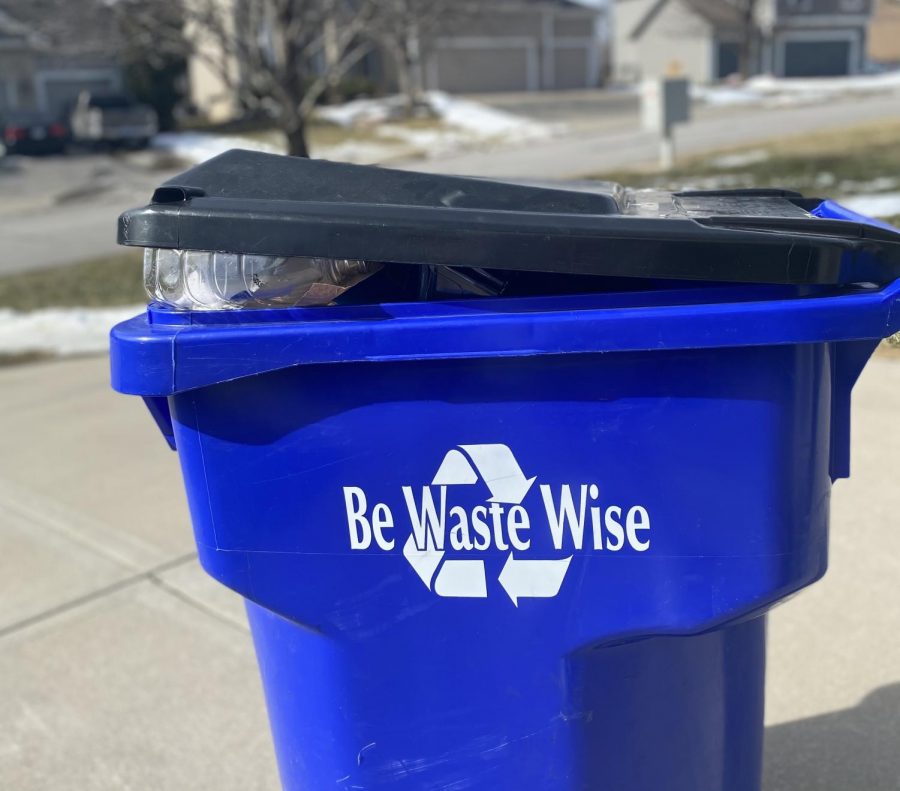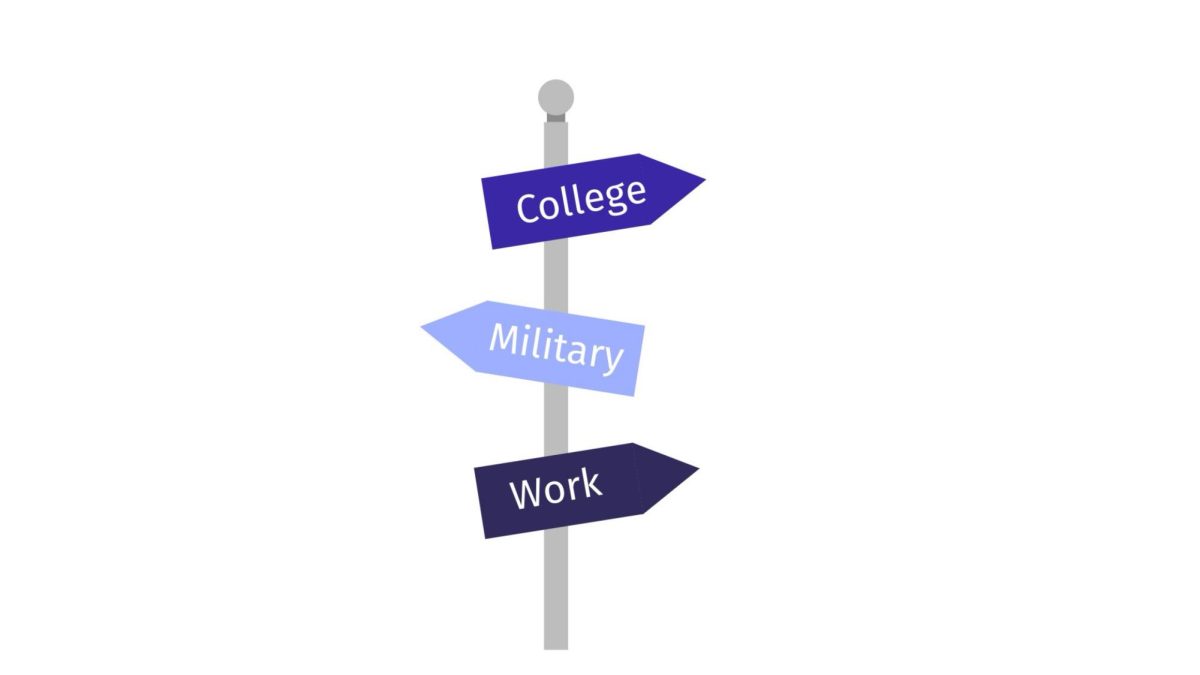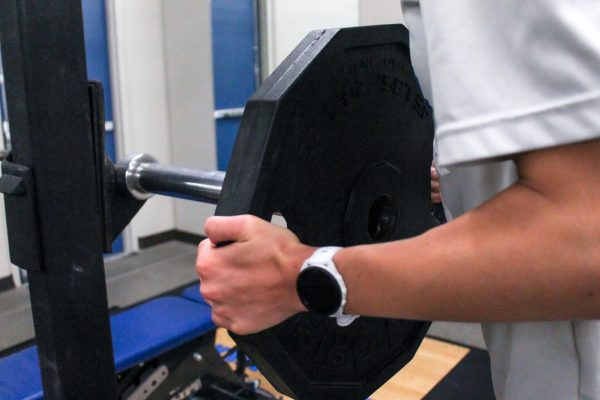I Tried Zero Waste Living for a Week: Here’s What I Learned
February 24, 2021
Every minute, a truckload of plastic is dumped into the ocean. That plastic will sit in the ocean for thousands of years. This was shocking to me, so I have decided to make a change by trying zero waste living.
What living zero waste means is you try to downsize the amount of excess plastic you create by using sustainable substitutes instead. An example of this would be using a reusable water bottle instead of a plastic disposable one. This is just one way you can decrease the amount of plastic you contribute to landfills.

For my week-long experiment, I decided to keep my plastic waste as close to zero as possible. I tried my best to make as many zero waste swaps in my day to day life as possible.
Top 5 Takeaways From My Week Going Zero Waste
- Going completely zero waste is nearly impossible. My zero waste week was not successful. I had a few slip ups such as a granola bar wrapper and a finished plastic bottle of face wash that I had to throw out. But I was able to find alternatives to most of my daily needs such as reusable silverware and shampoo in bar form that came in paper packaging.
Check out Trader Joe’s bar shampoo here:
- Fast food is not your friend. Places such as Chick-fil-a and McDonald’s wrap everything in plastic. Trying to go zero waste did, however, help me cut down on my Taco Bell addiction. Some fast food places that do aid your zero waste journey are Chipotle and Starbucks. At Chipotle, your food comes in recyclable materials and even provides a sorting system for you to easily recycle your trash at the restaurant. Starbucks allows you to give them a reusable cup if you choose and have stopped providing plastic straws at most locations. So while most fast food are culprits of wastefulness, not all are off limits when you go zero waste.
- The bathroom is where I found myself being the most wasteful. Whether it was my daily plastic containers for contacts or the empty bottle of shampoo, I created the most trash in the bathroom. One way I tried to limit the waste was by switching out my toiletries for more sustainable ones. A great place I found products was Trader Joes. They have an assortment of toiletries to choose from that come in recyclable containers. Another great place I discovered was Lush Cosmetics. They provide a service where you can buy the toiletry in a metal container and then they refill it when you are finished for a small fee.
- Always carry a reusable water bottle. If you carry around a reusable water bottle around that’s a huge step right there. Many places will let you refill your reusable water bottles, and that’s one less cup that will end up in a landfill or the ocean. It might not feel like you’re making a huge difference, but in the past year there were 22 billion plastic water bottles that ended up in landfills.
- Get creative with your disposable items. Make that plastic milk jug into a fun planter or clean out your used shampoo bottle and reuse it as a travel container. At my house, we keep our shopping bags (if we don’t use reusable ones) and keep them to use as trash bag liners so we at least get one last use out of them.
Going zero waste is not easy. As the first step, look at it as going less waste than no waste. Take that reusable cup to Starbucks. Carry around a reusable straw. Reuse that lotion jar. Little actions that may feel insignificant right now will make a positive effect on the planet in the long run.
For more helpful tips on ways to go zero waste visit: https://www.goingzerowaste.com/blog/101-easy-eco-friendly-zero-waste-tips/








